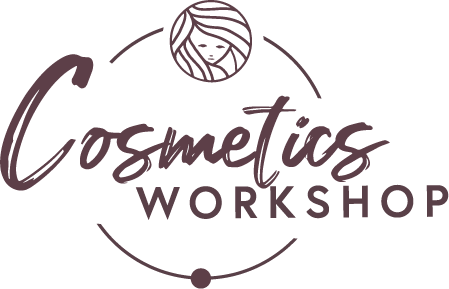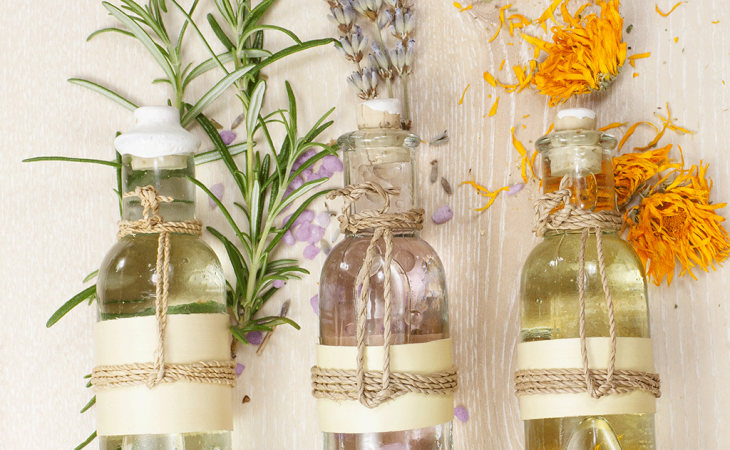Hey my dear Readers,
I’m well aware of the fact that most bloggers like creating these ultra-long lists giving you some rules concerning things like: What you can, what you should, what to combine, how to mix, etc. to make hair stunning, beautiful, gorgeous and WOW. I decided to approach this issue a little bit differently. I won’t tell you what you mustn’t do – no morality play today. Instead, I’ll tell you what is worth being introduced into daily hair care regimen so you can take achieving JAW-DROPPING EFFECTS for granted. Let’s go!
JUST 3: Simple and proven ways to enjoy stunning hair
1. Define your hair type and I’ll tell you…
… what it needs to get back on its feet. And by saying this I mean that once you learn your hair porosity type, you will know what substances should be used to make the strands regenerated and help them remain in this good contrition for long. I think that some of you may be surprised when I said that hair is porous. This can be compared to skin pores, but in hair it’s more about the cuticles, or as some people tend to call it – roof tiles. These ‘scales’ is nothing but keratin.
If your hair is strong and thick, neither is it so damage-prone nor is affected by such seemingly unimportant things like humidity; if in general everything is just perfectly fine with the strands but it gets greasy too fast so it happens to be deprived of volume – well, then your hair is low porosity. Such hair has ‘closed’ keratin layers, which means that they adhere to the hair shaft firmly.
Sometimes it happens (in fact this happens to the majority of the human population) that the cuticles open up and, sadly, the hair starts becoming unmanageable, is easily affected by static and humidity, frequently its ends split, it has the tendency to thinning and isn’t as shiny as you wish it was – in such case your hair is medium porosity.
Finally, when your hair is damaged, rough and brittle, if it doesn’t want to grow long, this means that the cuticles are wide open and the state of strands is… miserable. This is how I can briefly describe high porosity hair.
Knowing these three types of hair porosity is the core of proper hair care. Basically, this is the basics of the basics in terms of hair care and the cosmetic choice.
As you probably have guessed by now, different hair types require being treated with different nutrients – this is pretty logical. Therefore, please find out how porous your hair is and then simply start giving your strands what it really needs.
How to define hair porosity level? Many bloggers advise to dunk a hair in a glass of water, apply coconut oil, dust hair with flour, etc. It works out but there is a far simpler way to do it… and you won’t stain anything with grease… at least for now 🙂
If I were to advise you, just run a simple hair porosity test (e.g. https://nanoil.us/hair-porosity-test). I gave you the best test I’ve found. You will find there really precise questions, each accompanied with three answers to choose. Click and do it! I like this test because once you get the result, there are also most suitable hair care products displayed. While talking about hair care products…
2. Reach for natural hair oils
And keep applying them to hair as often as possible. Of course, do it using the oil that matches your hair porosity type. Why these inconspicuous, greasy oils are so great? It appears that, firstly, they play in tune with particular hair porosity type. Secondly, their chemical constituents are vitamins, flavonoides, phytosterols and essential fatty acids. Thirdly, they heal fatigued hair, regenerate and fix strands. Finally, natural oils are able to deliver similar effects to lamination, which means that they are able to leave hair glossy.
This is not all, folks! Additionally, natural hair oils are able to prevent hair loss, combat dandruff, take care of scalp, stimulate the follicles and improve hair growth. Moreover, natural oils also protect hair against the factors that may cause damage – UV rays, freezing weather, strong wind, dry air, air pollution, smog, hot air stream produced by a hair dryer. Sounds good, doesn’t it?
Generally, you can choose either an oil blend (check its constituents to make sure that it matches your hair porosity type) or just one oil. Then, you can use the oil to face, body, hands, nails and combine with other beauty products. For example, I have argan oil (it’s suitable for almost all hair types as it suits my face skin too) and jojoba oil (I use it to balance sebum production in my scalp and face). Sometimes I mix both oils and create a customized serum to treat my hair with and boost the effectiveness of a face cream.
3. Apply herbal distillates to hair
Herbal distillates are fairly popular in terms of face and body care. But only few know that this natural flower water also makes a decent hair protection mist that, additionally, can be used as a scalp conditioner. Another wonderful quality of herbal distillates is the fact that they can be used as a constituent of homemade hair and skincare products. For example, if your hair is significantly damaged and dry, you can create an flowery-oily hair mist and spritz it over the strands. Here is how to make it. Combine a tablespoon of a chosen natural oil with 100 ml of herbal distillate (you can also combine a few herbal distillates if you want to). In the case of super damaged hair, I advise you to use either evening primrose or cottonseed oil. As I mentioned it earlier, I mainly use argan oil and jojoba oil, however, I sometimes replace the latter with macadamia oil. It’s just great, lightweight and penetrates hair in a flash, doesn’t overburden hair.
Don’t you know what herbal distillate to choose? For a start, go for universal and highly nourishing properties of rockrose water. Actually, if you look for a potent antioxidant that will also reinforce your hair, give rose water a go.
And this is everything I wanted to say. These three simple rules will surely enhance your daily hair care regimen. Of course, I’m skipping the ‘golden rules’ such as: “don’t use a flat iron” or “don’t go to sleep with wet hair” as well as “be gentle to your hair, don’t tug it” etc. I’m sure that you know such things. Now, I’m leaving you so you can define your hair porosity type and tailor the hair care products to your hair needs.
Good luck!

